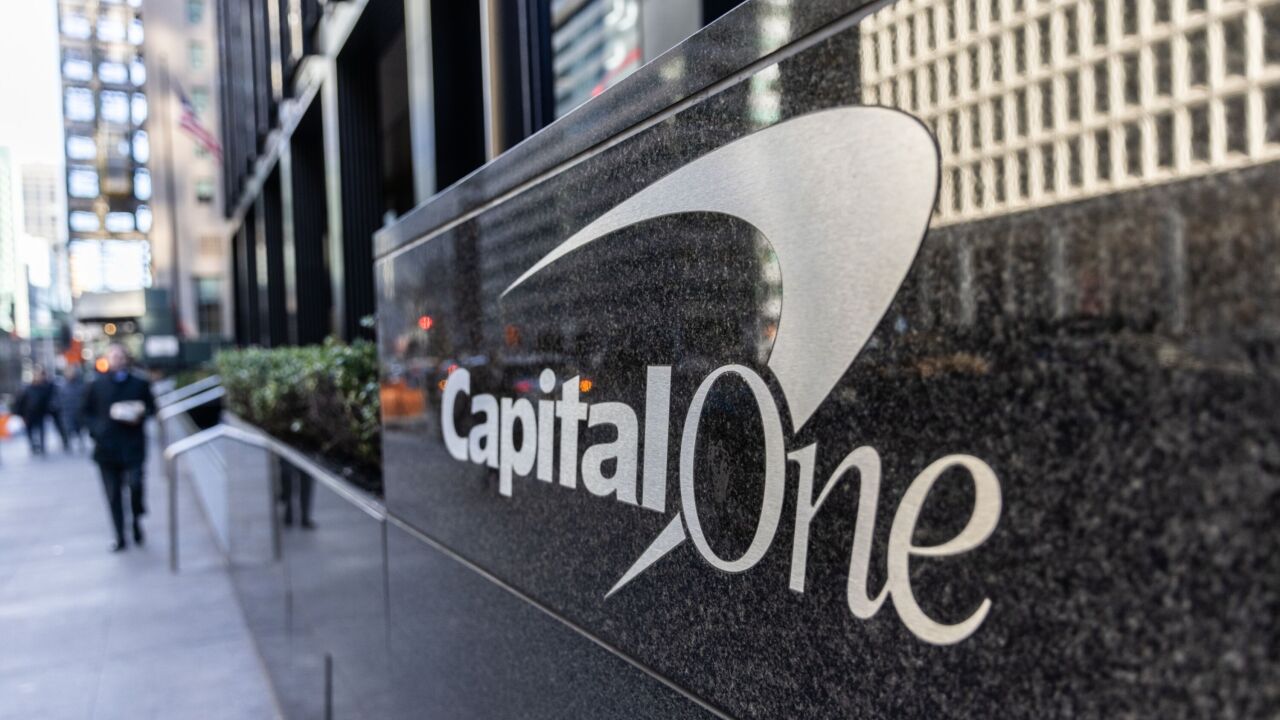Five months after the U.S. EMV liability shift for counterfeit card fraud went into effect, most restaurants aren't processing chip cards, and that's not changing anytime soon, according to a top executive at Heartland Payment Systems.
"The view I've heard from most restaurant operators is they're not as concerned about counterfeit cards, because nobody's going to use a stolen card to buy a hamburger," said Christopher Sebes, executive vice president and head of Heartland Commerce, the business group Heartland Payment Systems formed a year ago to focus on hospitality and retail point of sale systems.
Dissecting the obstacles restaurants face in upgrading to EMV provides an interesting window into the dilemmas plaguing the dining industry right now.
On one level, pressure to react to the EMV shift is growing as more chip-enabled cards enter circulation. About 60% of U.S. payment cards are currently EMV-enabled, though the total number of merchant locations that can accept chip-card payments is less than 30%.
But at the same moment restaurants are expected to
"Setting priorities is challenging for restaurants, which tend to be very frugal and cautious, so EMV is not at the top of the list right now," he said.
A spot check of smaller restaurants revealed many are content to postpone EMV for the time being, for a host of reasons.
The Twisted Lizard, a bar and grill in Scottsdale, Ariz., has no plans to introduce EMV-ready terminals, said Adam Pierce, general manager.
"When we get really busy, we figure it would slow things way down if we had to stop and wait to run a chip transaction instead of just swiping the card and keeping customers' tabs open," he said.
Sebes, a British-born payments expert, has fairly broad vision into the restaurant payments landscape as the former CEO of Xpient Solutions, a purveyor of integrated payments systems for Panera Bread and Taco Bell, among other quick-service chains.
In his role at Heartland, Sebes now oversees a mass of different restaurant-focused hardware and software providers Heartland acquired in recent years, which also includes pcAmerica, Dinerware and LiquorPOS.
Those acquisitions have contributed to Heartland's dominant 19% share of payments services to the restaurant industry, and are no small part of why Global Payments late last year unveiled plans to acquire Heartland for $4.3 billion. That deal is expected to close this year.
Sebes would not predict when EMV will become a higher priority for restaurants, but he said a variety of factors are holding the technology back. These include uncertainty about the actual liability risk they face, as well as questions about whether—and when—to overhaul existing systems to take advantage of emerging payments technology.
Other experts share this view that restaurateurs will not find a compelling near-term reason to adopt EMV.
"Restaurants are considered to be low-risk for fraud and organized crime," said Rick Oglesby, research director with Double Diamond Group, noting that restaurant tickets tend to be relatively low and their goods aren't useful for resale.
And restaurants' security concerns go far beyond just counterfeit card fraud.
"One bad transaction resulting in a charge-back will cost more than the EMV upgrade for most small businesses," said Randy Vanderhoof, head of the EMV Migration Forum. A data breach of a restaurant's POS system would have devastating effects, too, Vanderhoof pointed out.
It's also too early to know exactly how EMV will affect restaurants' bottom lines, since the Oct. 1, 2015 liability shift is still too fresh to see whether counterfeit card fraud migrates in new directions.
"I think if we start to see an increase in chargebacks pretty soon at certain restaurants, these operators may begin to move along faster with their EMV upgrades, but even then it will take time to sort out which chargebacks are directly related to counterfeiting," Sebes said.
Another reason restaurants aren't eager to move on EMV is their fear of speedbumps from implementing EMV at the point of sale. Many restaurants perceive a noticeable delay in accepting EMV cards compared to the familiar magnetic stripe card.
"The extra seconds it takes to complete an EMV transaction, especially at the drive-through window, can severely affect a restaurant's bottom line, and for many that cost isn't enough to offset the risk of counterfeit card liability costs," according to Sebes.
Many restaurants also are waiting to see what investments to make in mobile wallet acceptance.
While most new EMV-enabled payment terminals support Near Field Communication technology for mobile payments, the form factor of acceptance hardware—from palm-sized devices to tablets—is changing fast.
"Mobile wallets so far have taken off like a lead balloon, and I think we're still waiting to see whether mobile payments and customer engagement can be easily aligned on a single platform, and that may affect hardware decisions," Sebes said.
Consumer preferences also could eventually force changes in the way sit-down dining facilities handle EMV card transactions, Sebes suggests. The U.S. may someday follow Europe's example of bringing hand-held acceptance devices to each table.
"I think consumers at fine-dining restaurants eventually are going to want pay-at-the-table terminals because as time goes by, they won't be used to handing over their card to someone who walks away with it," he said. "Everything associated with protecting your card, including not letting it out of your possession, will become the new habit for consumers."





